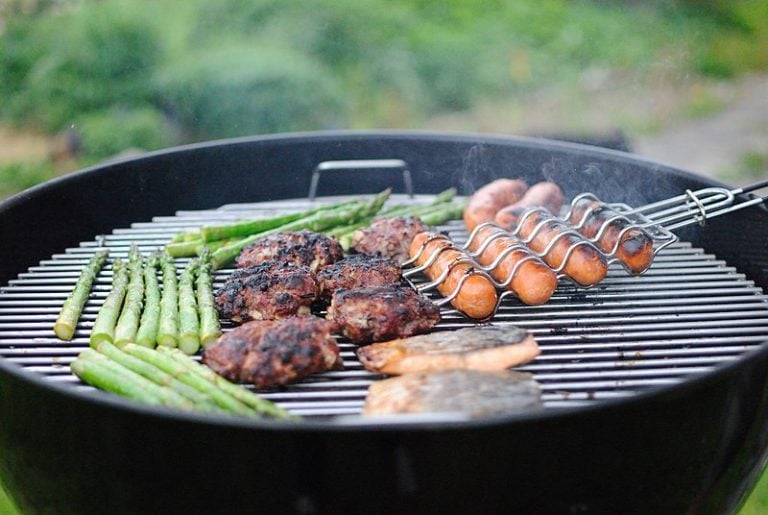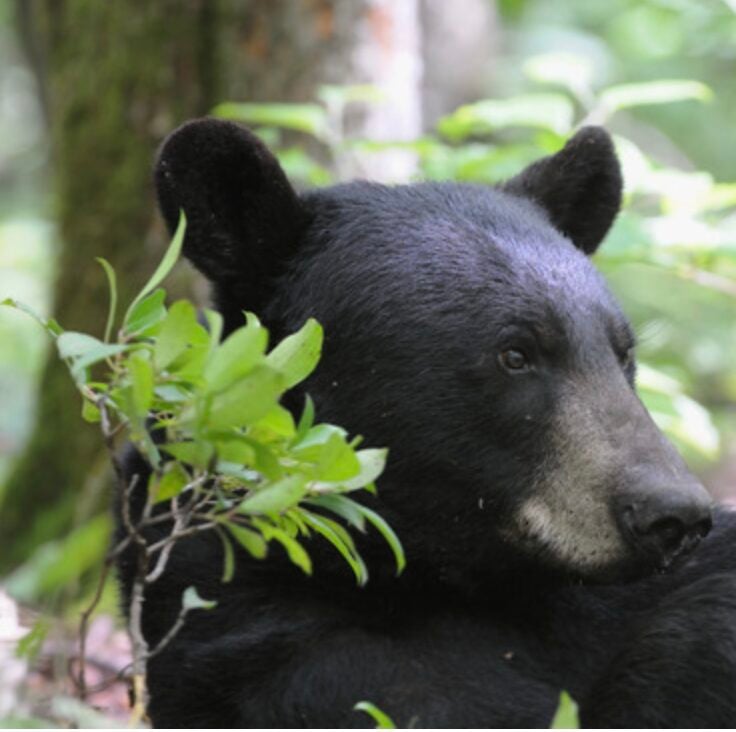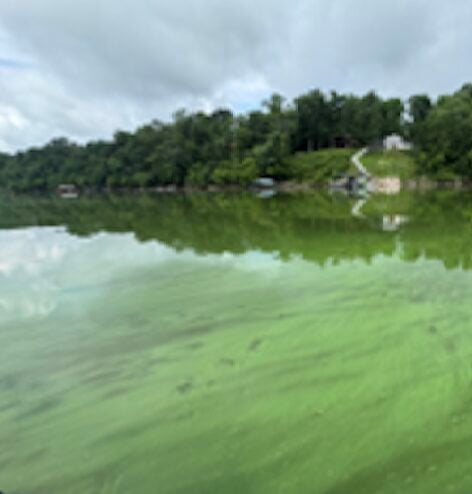March is the beginning of some of the best fishing of the year for largemouth bass (Micropterus salmoides).
When water temperatures climb into the 40s and low 50s, bass begin to travel from their winter, deepwater haunts, to flats at the backs of bays, and areas where creek or river channels are close to the banks.
Telephone a marina on the lake you want to fish for information on current lake levels, and water temperatures.

The largest bass move up shallow first because they spawn first.
The rise in water temperatures, higher water levels, and the lengthening of daylight hours are factors that combine to stimulate bass to feed.
The largemouth’s prey is the widest variety of all the species of black bass. This includes shad, minnows and shiners, aquatic and terrestrial insects, small sunfish, snails, crayfish, frogs, snakes, and salamanders.
Because of this varied diet, there are a wide range of artificial lures that are effective on bass early in the year.
During the pre-spawn when bass are gorging themselves, anglers have the advantage during this short window of opportunity.
Here’s some proven tackle and techniques for late winter and early spring largemouth bass fishing.
Jigs
Many anglers consider the jig to be a top lure this time of year.
In rivers, bass stage at the mouths of creeks pre-spawn, before moving into the creeks to spawn in April and May.
They are tight to cover — tree root wads, undercut banks, big rocks, logs and other floating debris.

The presentation is to get fairly close to the shoreline and pitch or flip the jig to the fish-holding structure.
A good choice is a 3/8 to 5/8-ounce jig, rigged with a craw tail plastic trailer, which makes the jig swim from side to side, rather than dropping straight down as it sinks.
Many anglers prefer to fish the heavier jigs when bushes or floating cover is thick.
In large reservoirs, the jig is a top lure choice on bright, sunny days when the water is stained, and bass come up shallow and suspend under floating debris at the backs of bays.
Here again, the technique is a precise presentation to the target cover. The idea is to ease the lure into the water and finesse it around cover.
In stained water conditions, fish black and blue colored jigs. In clear water, a top color choice is green pumpkin.
Spinnerbaits
Ponds and small lakes, that warm up before larger bodies of water, can be effectively fished with spinnerbaits this time of year.
The size of the pond or lake and its water clarity, are factors in how fast they warm up, and the more fertile lakes tend to warm up earlier than clear lakes, which have relatively lower fertility.
Warm rains turn on spring bass when runoff washes in food and the plume of colored water, which offers bass the security to move up shallow to feed.

That’s when the spinnerbait is at its best.
In stained water bass home in the pulse of the blades, and the spinnerbait’s skirt provides some enticing action.
But the main reason why the spinnerbait is so effective, is that it can be fished so many ways.
Practically weedless, the spinnerbait can be retrieved around standing timber, through gaps in weed beds and along the edge of floating wood debris.
Retrieved fast just below the surface, or slow rolled up and down, by raising or lowering the rod tip, the spinnerbait works in any cover type or bottom contour.
In shallow ponds, try casting out to deep water, let the lure sink and reel it back up shallow to locate the depth at which bass are holding.
In shallow water, fish 1/4 or 3/8-ounce spinnerbaits, always tipped with curlytail grub.
A top choice for most situations is a spinnerbait with a white/chartreuse body and skirt, with nickel and/or brass Colorado and willowleaf blades.
In large reservoirs, fish spinnerbaits for bass suspended off rock walls over deep creek channels, when water temperatures reach 55 degrees.
Jerkbaits
The jerkbait has a loyal following of anglers and has been hyped to legendary proportions in the outdoors media.
It’s a deserved reputation.
In late March, in pre-spawn cold water, the jerkbait really catches a lot of bass. These hard plastic, lipped crankbaits are neutral buoyant and suspend, rather than floating up, when the retrieve is stopped. That’s what makes them so effective.

A top lure choice is the Smithwick Suspending Rattlin’ Rogue.
Cast the lure out, then reel it down a few feet, and drop the rod tip. Then jerk the rod back and pause for several seconds, allowing the lure to stop and suspend. Continue this retrieve all the way back to the boat.
Vary the length of the pause between jerks, to find out what bass want — generally the idea is to fish slower, the colder the water temperature.
The lure’s built in wiggle and roll entices bass to strike. Often the angler won’t feel a fish on the line until the next jerk.
Jerkbaits are especially effective on large reservoirs when fished parallel to the bank where channels are adjacent to main lake rock walls. Bass will be suspended close to the surface, but over deep water.
Flat-sided crankbaits
In the minds of most bass anglers, the crankbait is a summer/fall lure, when bass are generally in deeper water.
But flat-sided crankbaits can be deadly in the spring because they trigger reaction strikes.

These crankbaits have flat sides, a nearly square or square bill, and a tall profile. A tight wiggle combined with the tall profile produces flash and vibration, which is good in stained or muddy spring waters.
Go with bright colors in the spring — chartreuse, shad silver, or orange.
Flat-sided crankbaits are especially effective when fished through submerged wood cover such as logs, brush, and stumps, because of their erratic action, as they “bounce” off objects.
Fish these lures in large reservoirs when late winter or early-spring bass congregate in creek channels or ditches running through flats or along rocky, windswept points.
Try a stop-and-go retrieve to draw strikes, as the lure darts off submerged structure. This is what triggers strikes from sluggish lunkers.
When water conditions fit your lure choice on Kentucky’s lakes and rivers, be ready for some excellent early season bass fishing opportunities.
Rises in water temperature trigger bass to feed, Take advantage of unseasonably warm afternoons. Get out there.


















